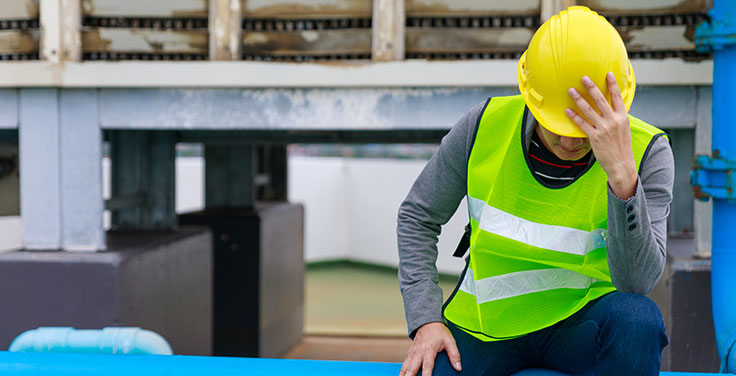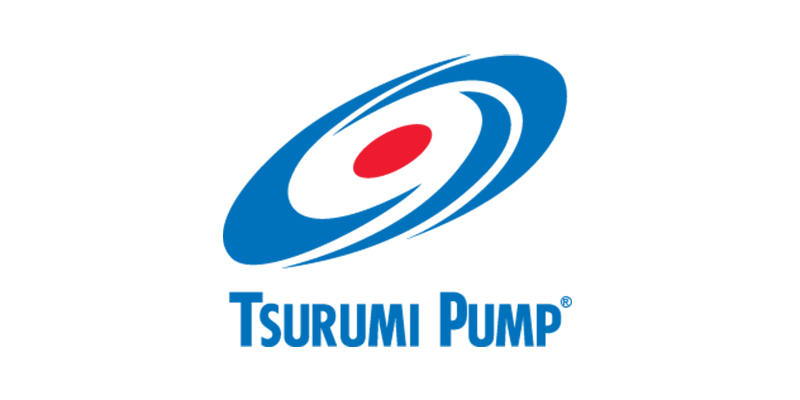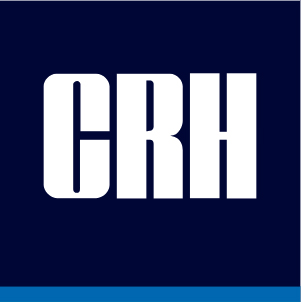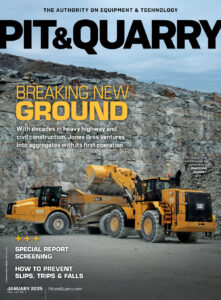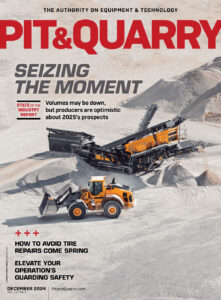
Have you ever watched a toddler pick up something a little heavy, or a little awkward?
I raised two kids, and I remember watching my daughter pick up a box of toys in the yard once. She was about 2 years old, and she went over to this menacingly large box, bent perfectly at her knees and lifted the box using the power of her leg muscles – perfectly minimizing impact to her back.
We are born with good body mechanics. We learn bad habits.
Background
I began working with pit and quarry teams about a decade ago. I remember introducing ergonomic concepts to these teams.
When people hear “ergonomics,” they often think of office setups. They may even cringe a little, as “ergonomics” was a sales buzzword in the early 2000s.
Ergonomics is the process of making the workplace fit the worker while supporting total worker health. Within industry sites, we should think about ergonomics when we procure tools, upgrade facilities and perform physical work – particularly if it is repetitive in nature.
The right tools and equipment help our teams, but we also need the total worker health aspect. For tips on this, I connected with a specialist who helped me with Mine Safety & Health Administration (MSHA) facilities across New England.
Steff Leive is a certified athletic trainer, injury prevention specialist and an Associate Safety Professional. She has worked with ballerinas, football players, heavy civil construction workers, MSHA teams, mechanics and others.
Quick Q&A
Fuller: Steff, you’ve worked with a variety of industries, helping them to fit the workplace to the worker while helping with total health and safety of the worker. What are the top three things you’d like to share about your insight into the MSHA teams you’ve supported?
Leive: I really enjoyed working with those teams over the years. I certainly noticed many of those teams putting in long, hard days – particularly around the height of their seasons.
My approach to supporting their challenges was to educate on the back, encourage “microbreaks” and remind them that this is a marathon, not a race.
Fuller: Please explain a bit more.
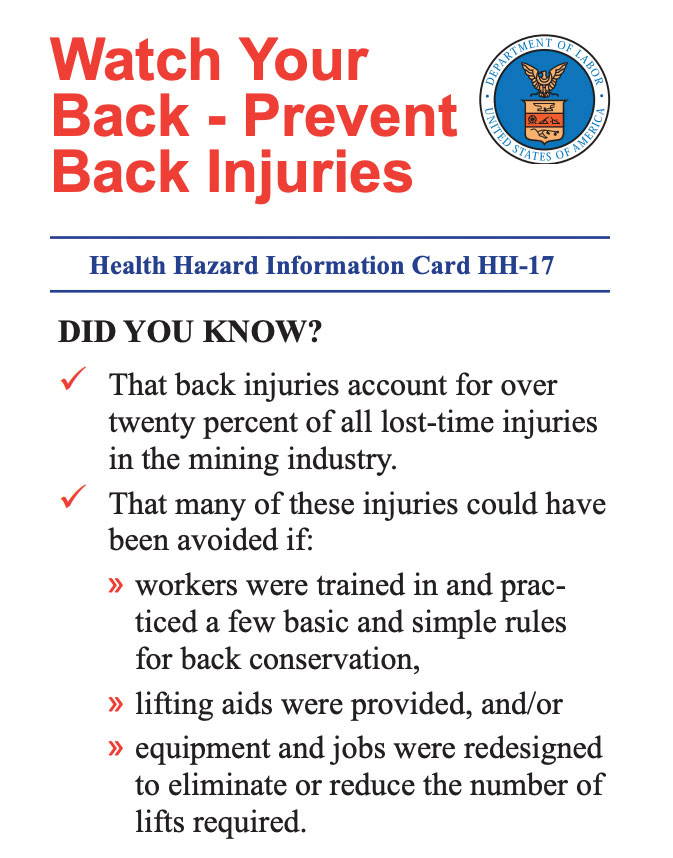
Leive: When it comes to educating on the back, I have found that the more the teams know about the mechanics of the back, the better they can understand how to protect it. MSHA.gov has a small handout that can help with this (HH-17 Watch Your Back).
[With] ‘microbreaks,’ this is a simple body stretch that I encourage all to use whenever they have been engaging in any activity that is repetitive, like sitting in a loader, shoveling – anything that may lead to cumulative trauma impact down the road.
Fuller: Cumulative trauma, that would be carpal tunnel or tennis elbow?
Leive: Right. Those are some examples of soft tissues injuries that can occur from repetitive motion. So, what I encourage people to do is take a moment to pause and take a microbreak. When we take this microbreak, we put our hands on our hips, tilt our head back just a little and stretch our back out. Hold it for about 10 seconds and then let it out. Do that a few times, and it will help you get your body moving and aid to clear your mind.
Fuller: Sort of like a ‘take five’ moment to regroup?
Leive: Exactly. And the last tip is all about total worker health. I like to encourage teams in the MSHA world to consider this a marathon, not a race. It is a tough field, and these teams need to remember to hydrate continuously, be mindful of nutrition and watch out for signs of fatigue – particularly at the height of the season.
The better we treat our bodies off the clock, the better our bodies respond on the clock.
Final thoughts
I’d encourage team leaders and supervisors to share this article at their next toolbox talk. Educating teams on back safety, encouraging microbreaks and being mindful of total worker health are three things you can do today to help manage ergonomic impact in your workplace.
Previous column: Staying safe around electrical hazards
Steve Fuller has worked over the past 20-plus years with a variety of industries – including aggregates – in operational and safety leadership roles. Now representing Steve Fuller Company, he can be reached at steve@stevefullercompany.com.

